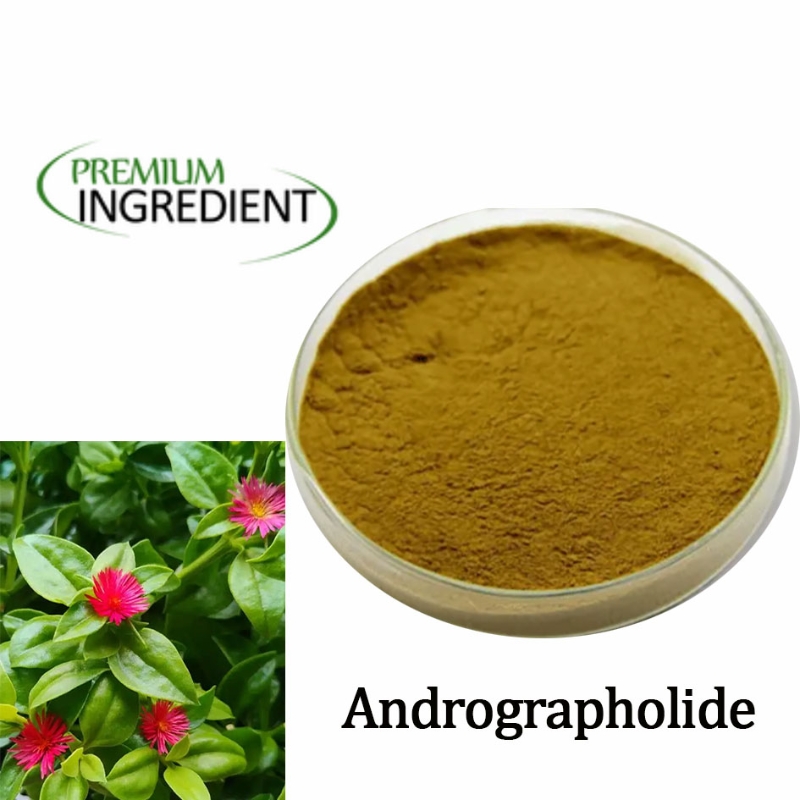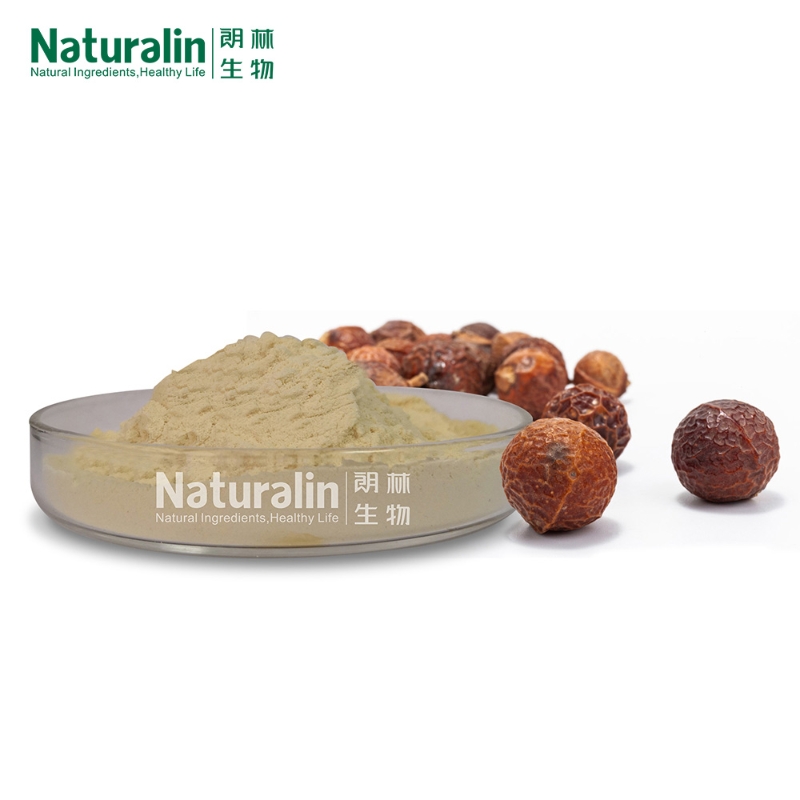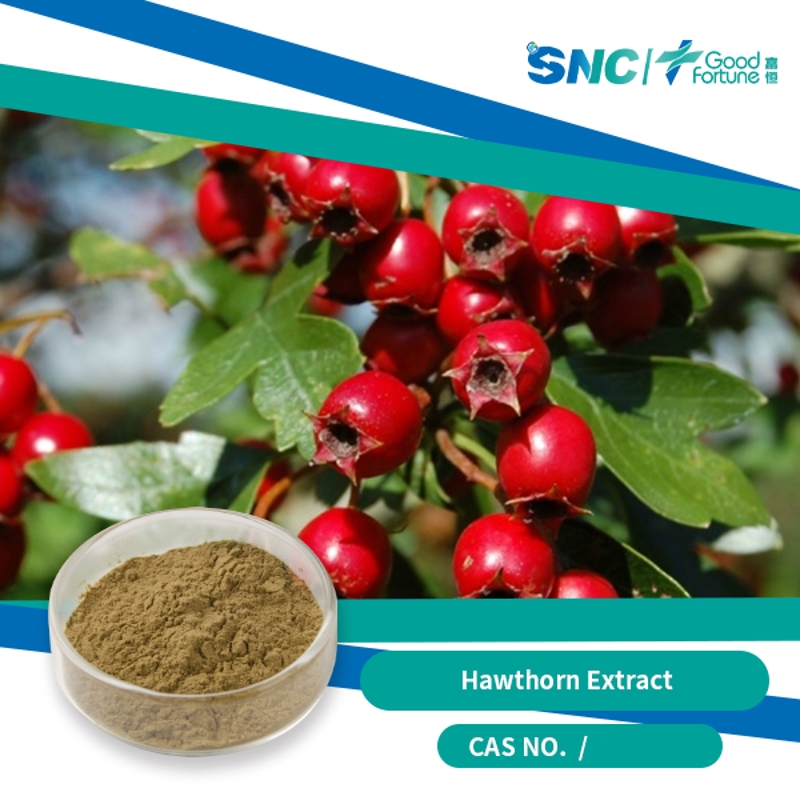-
Categories
-
Pharmaceutical Intermediates
-
Active Pharmaceutical Ingredients
-
Food Additives
- Industrial Coatings
- Agrochemicals
- Dyes and Pigments
- Surfactant
- Flavors and Fragrances
- Chemical Reagents
- Catalyst and Auxiliary
- Natural Products
- Inorganic Chemistry
-
Organic Chemistry
-
Biochemical Engineering
- Analytical Chemistry
-
Cosmetic Ingredient
- Water Treatment Chemical
-
Pharmaceutical Intermediates
Promotion
ECHEMI Mall
Wholesale
Weekly Price
Exhibition
News
-
Trade Service
The molecular mechanisms that mediate the intimate interaction of an adapted obligate biotroph, such as the powdery mildew
Golovinomyces orontii
, on its host plant are spatially and temporally distinct. As
G. orontii
exclusively infects epidermal cells with a dominant host response occurring in the underlying mesophyll cells, we sought to develop a method to accurately and reproducibly perform global expression profiling on
Arabidopsis thaliana
leaf epidermal and mesophyll cells at the site of infection. Specific stages of
G. orontii
disease progression on
Arabidopsis
are visible by microscopy thus allowing distinct phases of the interaction to be studied. Tissue preparation, laser microdissection, and RNA isolation protocols that allow for temporally and spatially defined global expression profiling are described. By using these procedures to examine the growth and reproduction phase (5 days postinfection) of
G. orontii
on
Arabidopsis
, we identified known and novel processes, process components, and putative regulators of these processes that mediate the sustained growth and reproduction of this adapted obligate biotroph.







